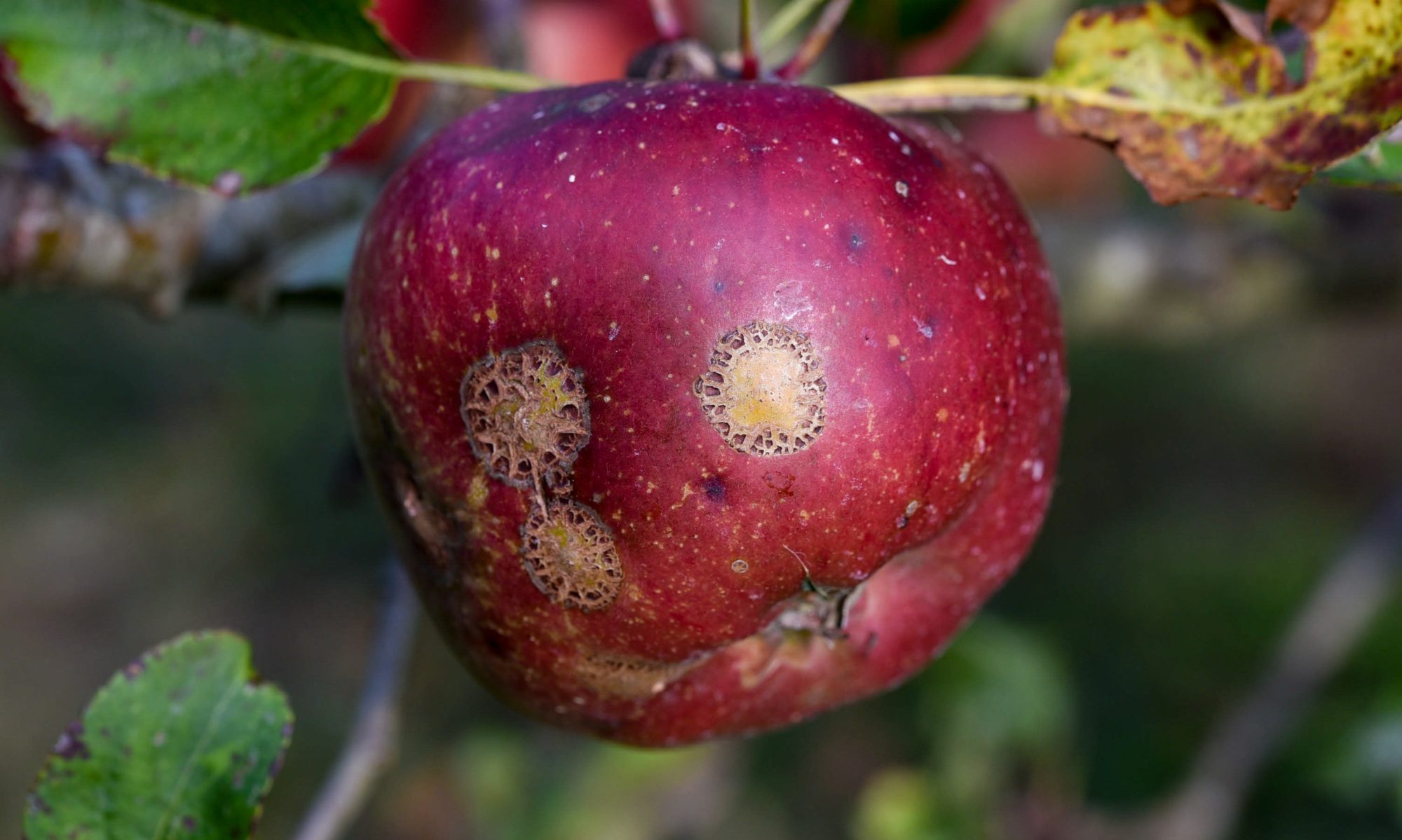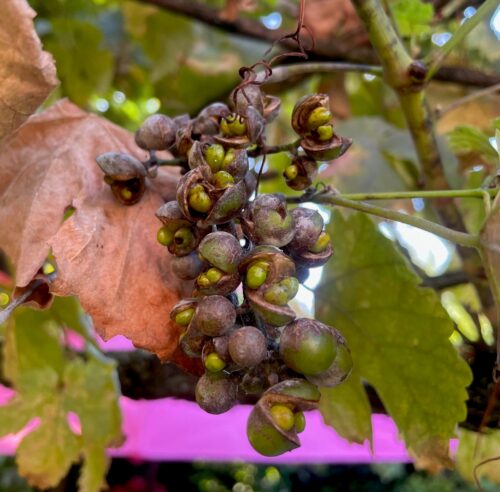Gray mold is a common fungus that affects plants when humidity is high.
Also known as:
Grey mould
Botrytis rot
But rot (cannabis)
Choco
Botrytis blight (asparagus)
Botrytis Leaf Blight (onion)
Grey rot (endive, kohlrabi, purslane, lettuce)
Leaf blight, dry crown rot (strawberry)
Fruit rot, botrytis bunch rot (grapes)
Tu
Gray mold (Botrytis ssp.) A common fungus that affects plants when humidity is high. The fungus lives on dead and living plant parts and mainly affects the above-ground parts. The fungus develops on dead material (fallen leaves, flowers) from which living parts of the plant are affected. Spores easily survive in the soil. Water and wind spread the spores. The spores penetrate the plants through wounds and places where the plant is damaged.
Plants with many leaves are more at risk under humid conditions.
A specific variant of gray mold (Botrytis cinerea) also affects grapes (leaves and grapes). There is a distinction between a rapid and severe attack by the fungus “grey rot” or “pourriture grise” and a gradual process, the “noble rot” or “pourriture noble”.
Grey rot develops during consistently wet or humid conditions, resulting in brown spots on the leaves and a rapid loss of the affected bunches.
In “noble rot,” the skin of the grape slowly becomes porous, causing the grape to dry out slightly and increasing the content of sugars and aromas. The must created by gentle pressing is sweet and syrupy. It produces a sweet, firm wine. Wine from Alsace obtained by noble rot is called “Sélection de grains nobles”. Noble rot takes place mainly on white grape varieties: Sémillon, Sauvignon, Riesling. Wines whose grapes are affected by Botrytis – noble rot – are called botrytized wines.
Botrytis cinerea only develops in autumn during warm weather and some morning fog. These specific climatic conditions occur almost annually in Sauternes and Alsace and only once every few years in Germany.
A specific variant of gray mold (Botrytis squamosa) also affects onions: Botrytis leaf blight aka Botrytis leaf spot. White, sunken spots on leaves appear as the first sign of infection. Spots are small, oval-shaped, and range from 0.06 to 0.25 inch (0.5–6 mm) long. When leaves are killed prematurely by the fungus, bulb size is reduced, resulting in poor yields.
Tu
Where to find
- All parts of plants (flower, leaf, stem, fruit, root)
- Seedlings
Control
Affected plant parts should be cut away liberally.
Prevention
Prevent infestation by removing dead plant material. Also space the plants sufficiently apart so that the crop can dry properly after rain. In greenhouses, ensure good aeration.

